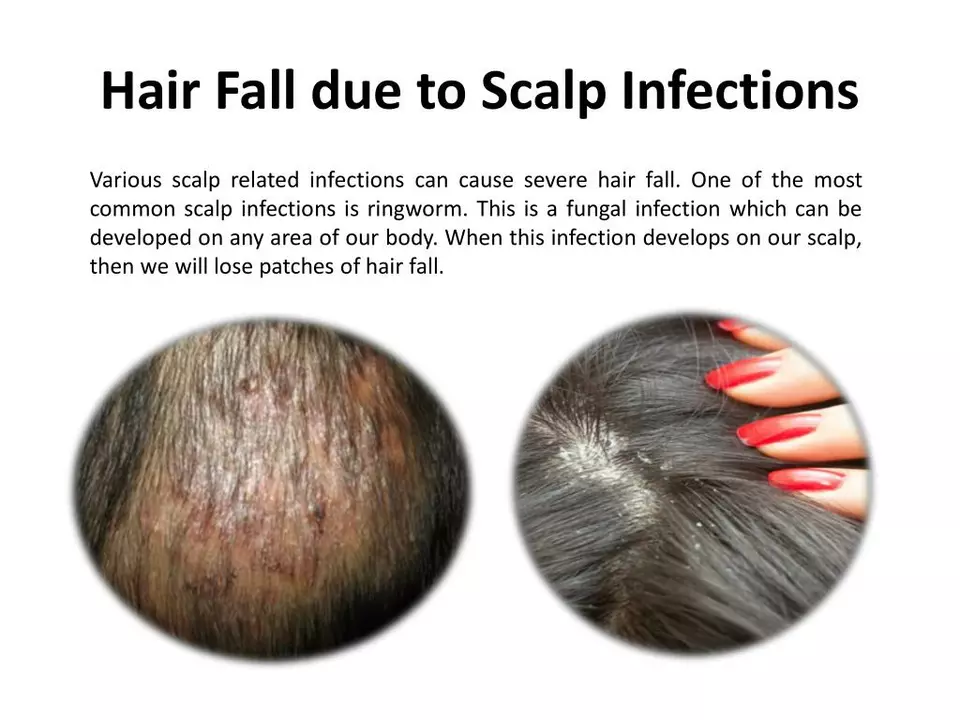Ringworm — How to Spot, Treat, and Prevent It
Got a circular, itchy patch on your skin? That’s often ringworm — a common fungal infection (also called tinea). It’s not caused by a worm but by fungi that live on skin, hair, or nails. Ringworm spreads easily, but most cases respond well to simple care and over-the-counter medicine.
How to recognize ringworm
Typical signs are a red or pink ring with clearer skin in the middle, raised edges, and itching. On the scalp you may see scaly bald patches or broken hairs. Nail infections cause thick, yellow, crumbly nails. The rash can show up anywhere: body (tinea corporis), feet (athlete’s foot), groin (jock itch), scalp (tinea capitis), or nails (tinea unguium).
Ringworm spreads by direct skin-to-skin contact, shared towels or clothing, and from infected pets. It can take days or weeks after contact for symptoms to appear.
How to treat ringworm
For most skin infections, start with an OTC topical antifungal cream. Look for clotrimazole, miconazole, terbinafine, or tolnaftate. Clean the area, dry it well, and apply the cream as the package instructs — usually once or twice daily for 2–4 weeks. Keep using it for the full course even if the rash looks better sooner.
If the infection is on the scalp, nails, or covers a large area, you’ll likely need a prescription oral antifungal. Common options are oral terbinafine or griseofulvin; the exact choice and length of treatment depend on the site and your age or medical history. People with diabetes or weakened immune systems should see a clinician early.
Avoid using steroid creams unless a doctor prescribes them. Steroids can hide symptoms and make a fungal infection worse. Also avoid cutting or picking at infected nails or scaly skin — that can spread the fungus.
Some natural products, like tea tree oil, show mild antifungal effects in small studies. They can be supportive but shouldn’t replace proven antifungal medications for active infections.
Preventing ringworm & when to see a doctor
Prevent spread by keeping skin dry, changing socks daily, not sharing towels or hair tools, and washing bedding and clothing in hot water if someone in the home is infected. Check pets — dogs and cats can carry the fungus without obvious signs; ask your vet about treatment if you suspect a pet is involved.
See a doctor if the rash gets worse despite OTC treatment after 2 weeks, if the scalp or nails are involved, if you have a large or painful area, or if you have diabetes or a weakened immune system. Early treatment shortens recovery and lowers the chance of spreading it to others.
Ringworm is annoying but treatable. With the right antifungal approach and simple hygiene steps, most people clear it up quickly and avoid reinfection.

The Connection Between Ringworm and Hair Loss: What You Should Know
As a blogger, I recently discovered the connection between ringworm and hair loss, and I think it's important to share this information with you all. Ringworm is a fungal infection that can affect the scalp, leading to hair loss in some cases. This condition, called Tinea Capitis, can cause red, scaly patches on the scalp and even break the hair shafts. It's crucial to treat ringworm promptly to prevent permanent hair loss. Make sure to consult a doctor for proper diagnosis and treatment, and always maintain good hygiene to prevent the spread of this infection.
May 21 2023